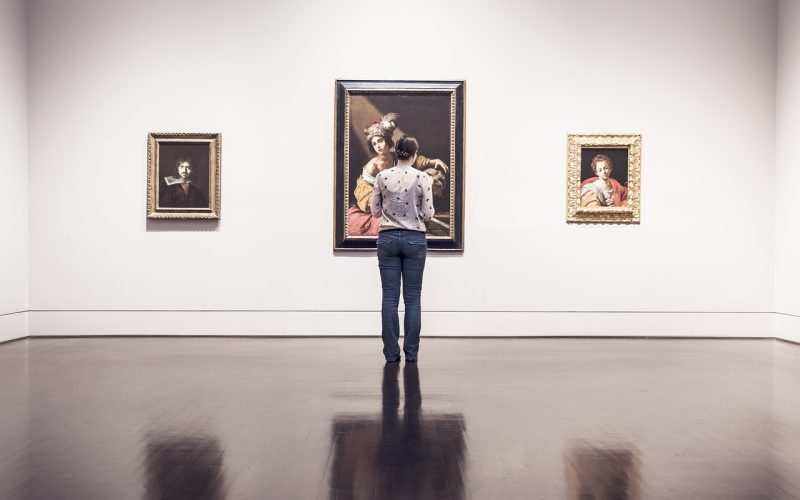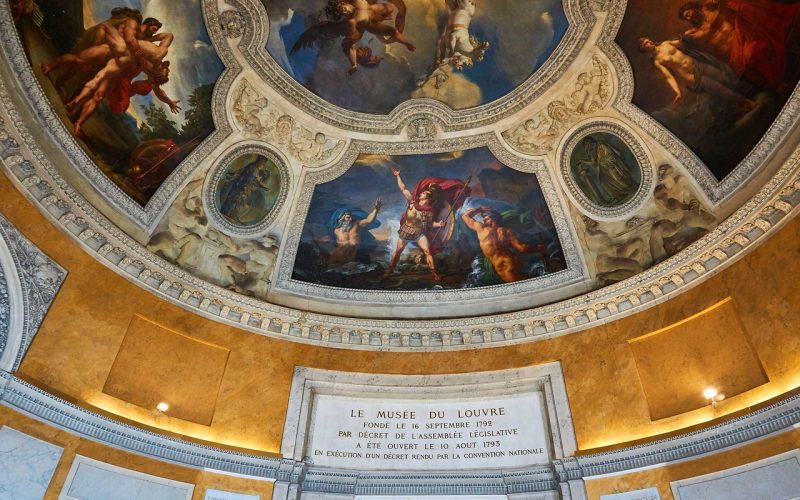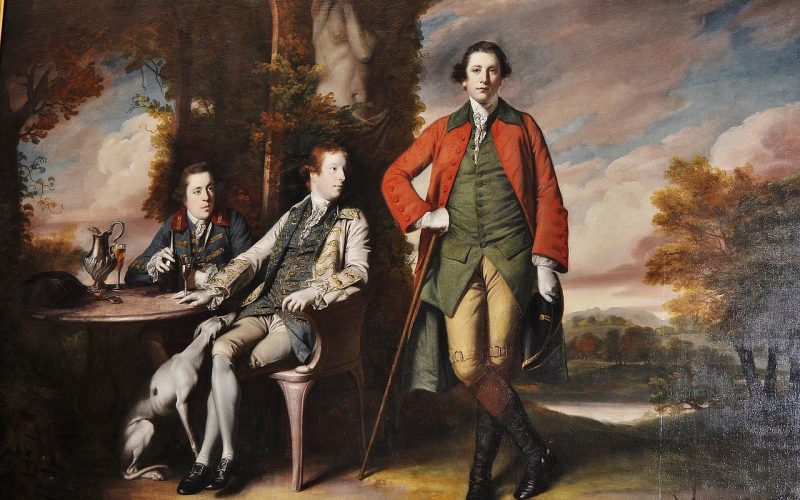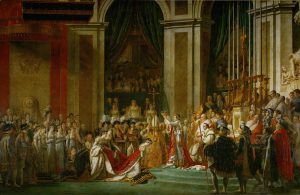Artworks Capturing The World's Imagination
Art has the unique power to transcend time and culture, evoking emotions and provoking thought. Throughout history, certain paintings have achieved global recognition, not just for their artistic merit, but for the stories they tell and the mysteries they hold. These iconic artworks continue to captivate audiences around the world, inviting endless interpretation and admiration.
The Mona Lisa's enigmatic allure
Leonardo da Vinci's "Mona Lisa" is arguably the most famous painting in the world, celebrated for its captivating portrayal of a woman with an elusive smile. Painted in the early 16th century, this masterpiece is housed in the Louvre Museum in Paris, drawing millions of visitors each year. The painting's enduring allure lies in its enigmatic subject, believed to be Lisa Gherardini, a Florentine merchant's wife. The Mona Lisa's mysterious expression and da Vinci's masterful use of sfumato—a technique that creates a soft transition between colours—continue to fascinate and intrigue art lovers and historians alike.
Starry Night's emotional turbulence
Vincent van Gogh's "Starry Night" is another iconic piece that captivates viewers with its vivid colours and swirling skies. Created in 1889 during van Gogh's stay at a mental asylum in Saint-Rémy-de-Provence, this painting reflects the artist's inner turmoil and longing for serenity. The bold, dynamic brushstrokes evoke a sense of movement and energy, while the contrasting colours convey both chaos and calm. "Starry Night" has become a symbol of van Gogh's struggle and genius, prompting viewers to reflect on their own emotional experiences.
The persistence of Memory's surreal symbolism
Salvador Dalí's "The Persistence of Memory" is a surreal masterpiece that continues to captivate and puzzle audiences. Painted in 1931, this work features melting clocks draped over a barren landscape, challenging conventional notions of time and reality. Dalí's enigmatic imagery invites viewers to explore the subconscious mind, questioning the boundaries between dreams and reality. The painting's surreal elements and striking composition have made it an enduring symbol of the surrealist movement, influencing countless artists and thinkers.
The Birth of Venus and the celebration of beauty
Sandro Botticelli's "The Birth of Venus," created in the late 15th century, is a timeless celebration of beauty and mythology. This iconic painting depicts the goddess Venus emerging from the sea on a shell, surrounded by mythological figures. The painting's harmonious composition and graceful figures exemplify the ideals of Renaissance art, which sought to blend classical antiquity with contemporary innovation. "The Birth of Venus" continues to inspire admiration for its exquisite beauty and the timeless appeal of mythological storytelling.
Guernica's powerful political message
Pablo Picasso's "Guernica" is a powerful testament to the horrors of war, capturing the devastation wrought by the bombing of the Basque town of Guernica during the Spanish Civil War. Painted in 1937, this monumental work employs a monochromatic palette to convey the chaos and suffering of the event. The anguished figures and distorted forms evoke a visceral emotional response, making "Guernica" a poignant reminder of the human cost of conflict. Picasso's masterful use of symbolism and abstraction has cemented this painting as an enduring icon of political protest.
Girl with a Pearl Earring's captivating simplicity
Johannes Vermeer's "Girl with a Pearl Earring" is often referred to as the "Mona Lisa of the North," owing to its mysterious allure and captivating subject. Painted in the mid-17th century, this work is a masterful example of Vermeer's skill in capturing light and texture. The girl's enigmatic expression and the luminous pearl earring draw the viewer's gaze, inviting speculation about her identity and story. The painting's simplicity and intimate portrayal have made it a timeless classic, capturing the imagination of audiences across generations.
These iconic artworks have captured the world's imagination through their unique ability to evoke emotion, tell stories, and provoke thought. Each painting offers a window into the artist's mind and the cultural context in which it was created, encouraging viewers to explore the depths of human experience. As we continue to engage with these masterpieces, they remind us of art's enduring power to connect people across time and place.



















